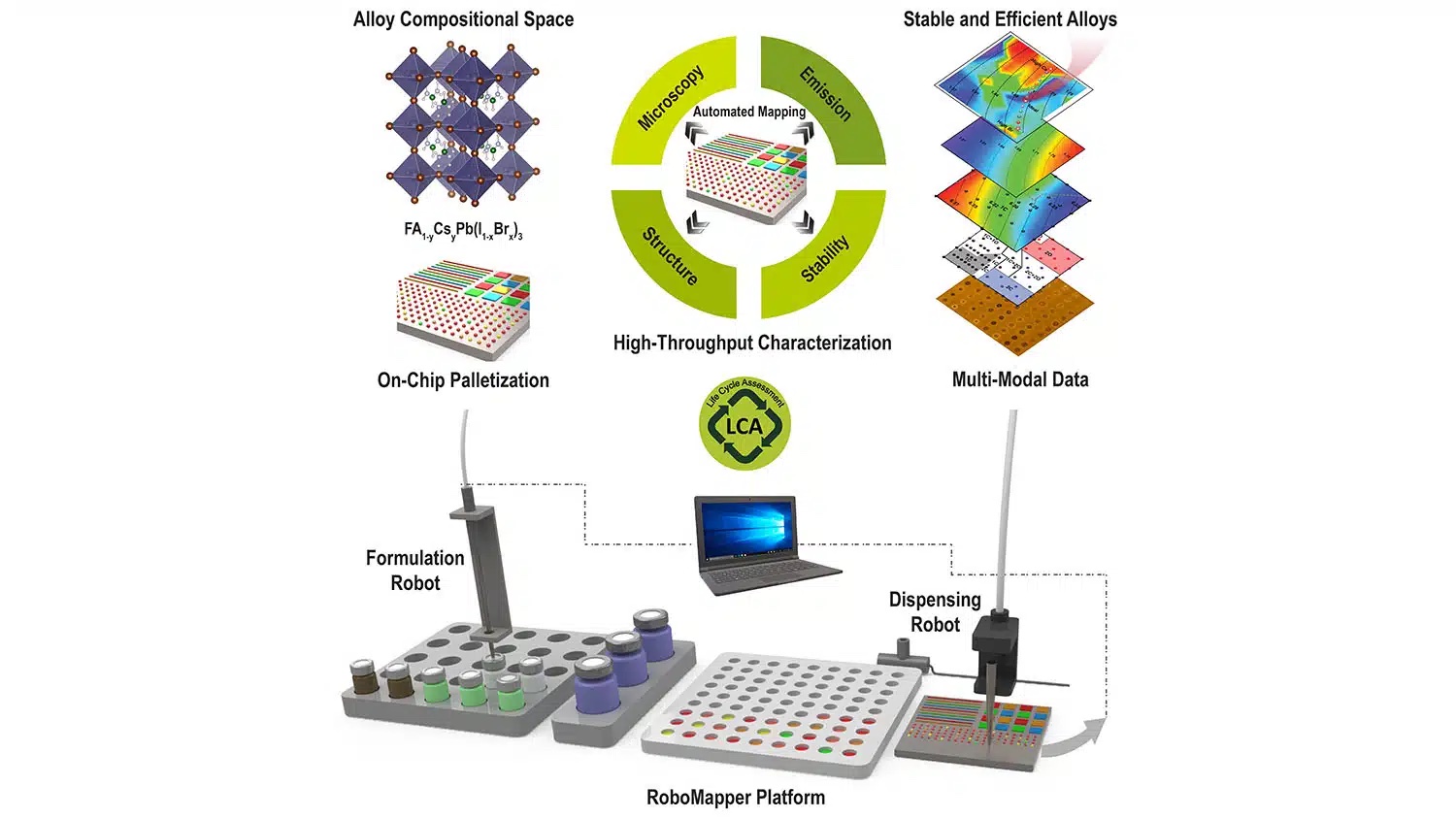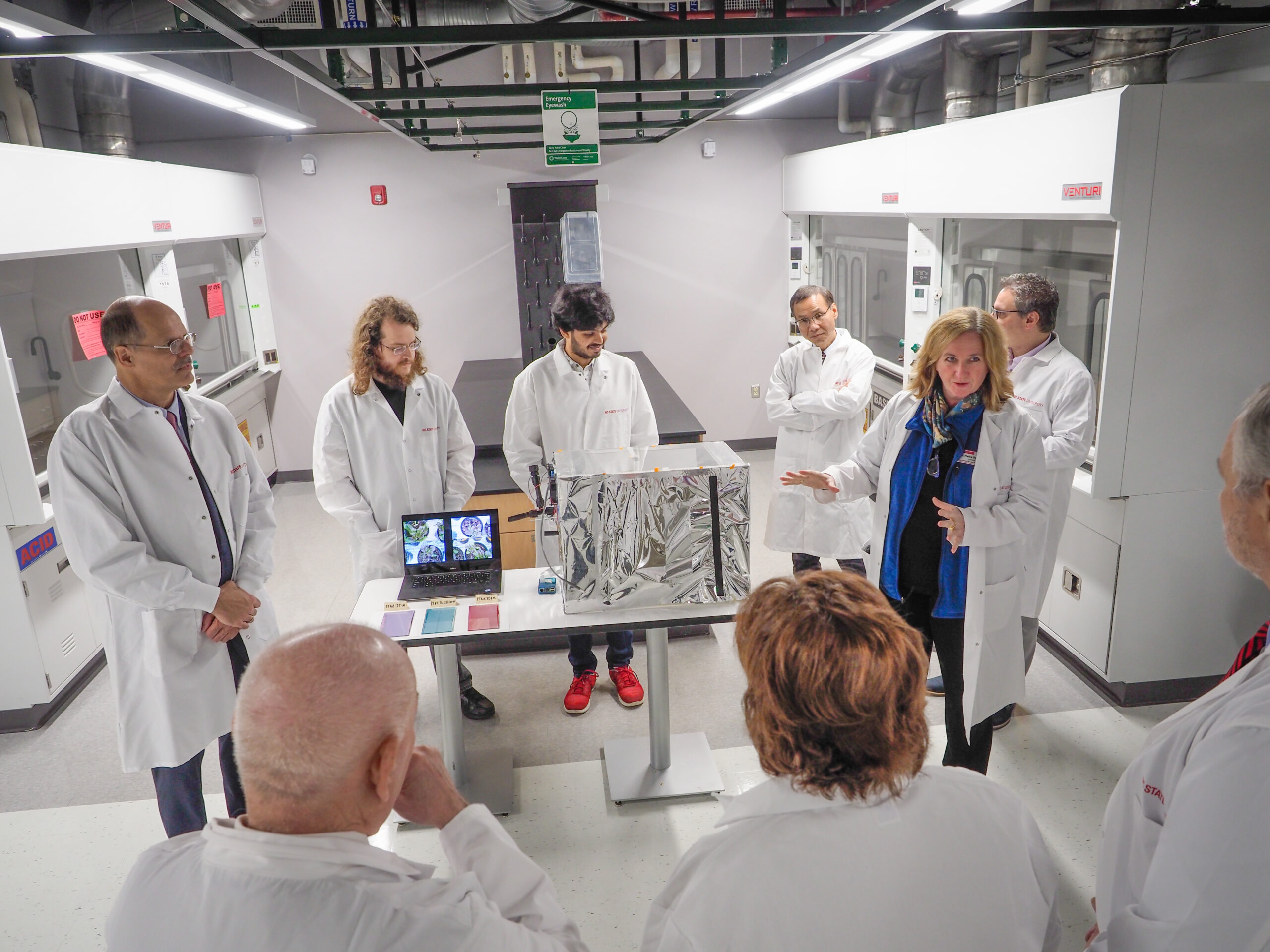ORaCEL Researchers Developed A New Breed of Optical Sensors
 ORaCEL researchers, Prof. B. O’Connor and W. You in collaboration with Prof. M. Kudenov (NCSU), developed a stomatopod-inspired sensor capable of snapshot hyperspectral and polarization sensing in a single pixel. According to their paper that appears in Science Advances, the design consists of stacking polarization-sensitive organic photovoltaics (P-OPVs) and polymer retarders. Multiple spectral and polarization channels are obtained by exploiting the P-OPVs’ anisotropic response and the retarders’ dispersion.
ORaCEL researchers, Prof. B. O’Connor and W. You in collaboration with Prof. M. Kudenov (NCSU), developed a stomatopod-inspired sensor capable of snapshot hyperspectral and polarization sensing in a single pixel. According to their paper that appears in Science Advances, the design consists of stacking polarization-sensitive organic photovoltaics (P-OPVs) and polymer retarders. Multiple spectral and polarization channels are obtained by exploiting the P-OPVs’ anisotropic response and the retarders’ dispersion.
In the context of this research, hyperspectral imaging refers to technologies that can break down the visible wavelengths of light into more narrow bands. The human eye can’t distinguish between these slight variations in color, but computers can – making hyperspectral imaging valuable for tasks such as determining the chemical composition of objects in the image.
This story is reported in detail in NCSU news outlet. The article was also featured on the journal cover.


